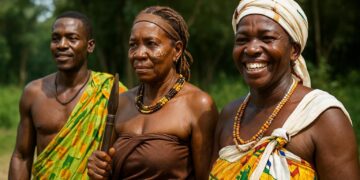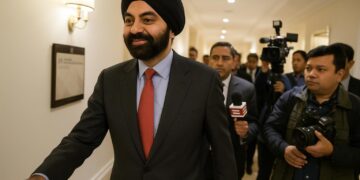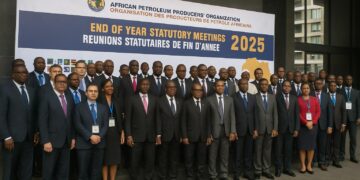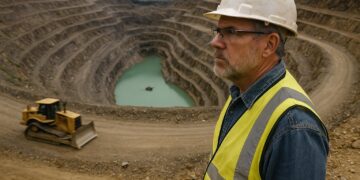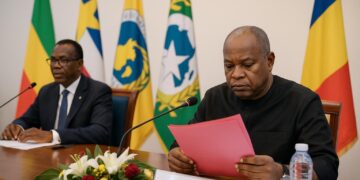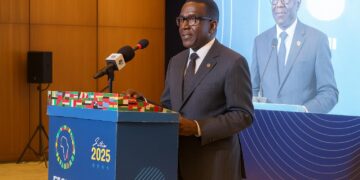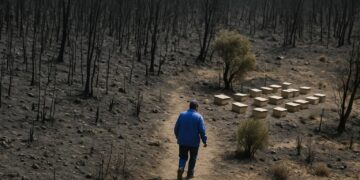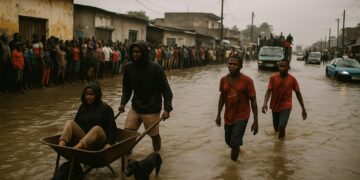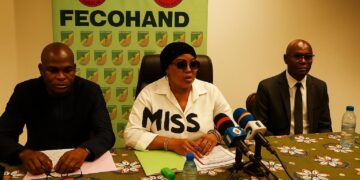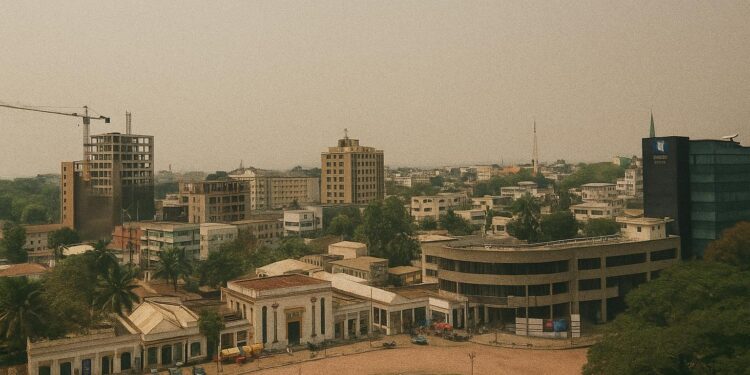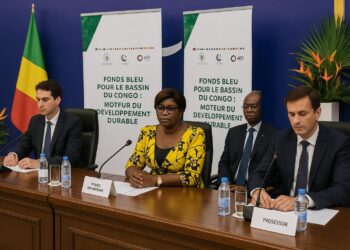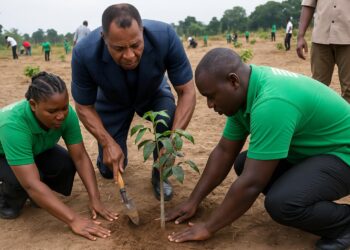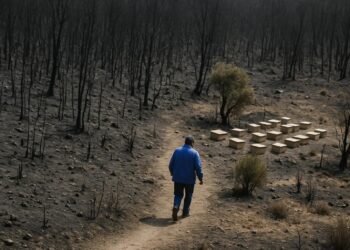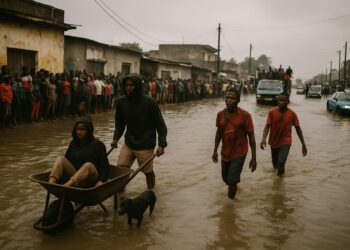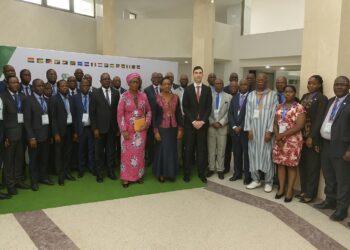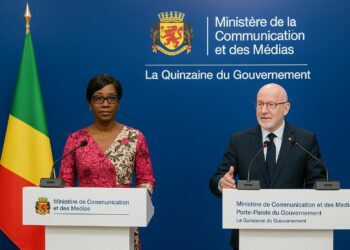Brazzaville as Pivot of Inter-Basin Diplomacy
The equatorial humidity that shrouds Brazzaville this week seems almost symbolic of the world’s attention turning toward the Congo River’s banks. From Thursday to Saturday the city stages the second-ever summit uniting the Amazon, Congo and Bornéo-Mékong basins, which jointly shelter four fifths of the planet’s remaining tropical forests and around three quarters of its terrestrial biodiversity. That tri-continental configuration endows the meeting with undeniable ecological gravitas, yet it also confers a rare moment of geopolitical spotlight on the Republic of Congo, whose leadership has positioned itself as honest broker between Latin American, African and Southeast Asian custodians of green capital.
Strategic Timing amid Global Carbon Stalemates
The summit opens barely a month before the next UNFCCC Conference of the Parties, a calendar decision that is anything but coincidental. Senior Congolese officials stress that a consolidated inter-basin platform allows developing nations to arrive at COP negotiations with a single, more resonant voice when calling for predictable climate finance and respect for sovereign development priorities. In the words of Minister of Environment Arlette Soudan-Nonault, Brazzaville aims to deliver a “strong declaration of principle” capable of shifting the rhetoric from isolated grievances to collective bargaining power. Her argument echoes analyses from the United Nations Environment Programme, which underscore that forest-rich states often negotiate in silos and consequently undersell the true planetary value of the carbon they store (UNEP 2023).
The Architecture of Participation
More than three thousand delegates have descended upon the Congolese capital, moving from technical panels on peatland hydrology to closed-door ministerial consultations and ultimately to a conclave of heads of state on Saturday. The methodology follows a bottom-up script popularised in multilateral circles since the Paris Agreement. By allowing scientists and civil-society actors to open proceedings, organisers hope to anchor subsequent political pledges in empiricism rather than mere diplomatic flourish. Observers from the World Resources Institute note that such sequencing can inoculate final communiqués against accusations of vagueness by embedding measurable targets drafted by researchers earlier in the week.
Notable Presences and Absences
Presidents from Kenya, Rwanda, Togo, Guinea-Bissau, the Comoros and the Democratic Republic of Congo are slated to join host President Denis Sassou Nguesso, whose tenure has been marked by a consistent advocacy for forest finance mechanisms. Their presence underscores a continental solidarity that transcends linguistic and economic blocs. Nonetheless, travel logistics and domestic priorities have kept leaders from Amazonian or Southeast Asian nations from attending in person, delegating instead senior ministers and envoys. While some commentators lament the partial representation, diplomats in Brazzaville prefer to see an opportunity: a lighter heads-of-state roster may allow African participants to refine a common platform before presenting it to their Latin American and Asian counterparts at follow-up meetings planned on the margins of upcoming G20 and ASEAN gatherings.
Energy Transition as Unifying Leitmotif
Officially, the summit’s declared mission is to build a global coalition that accelerates the energy transition. The narrative intertwines forest conservation with access to renewable technologies, a linkage justified by the simple calculus that avoided deforestation credits alone cannot finance schooling, roads or health clinics. By framing green growth as a package that includes both carbon sequestration payments and clean-energy investment, Congo-Brazzaville appeals simultaneously to Western donors prioritising emissions reduction and to Southern partners seeking electrification. The African Development Bank estimates that Central African states could collectively generate over twenty gigawatts of hydropower without encroaching upon intact forest landscapes (AfDB 2022). Integrating such prospects into the summit communiqué would give tangible contours to what might otherwise remain an abstract plea for planetary solidarity.
Finance, Sovereignty and the Grammar of Commitments
The debate in Brazzaville frequently returns to the twin pillars of resource sovereignty and equitable finance. Delegates invoke precedents such as the USD 1.5 billion Congo Basin Forest Partnership, yet caution that disbursement timelines have historically lagged behind headline pledges. Hence, negotiators consider the design of a joint registry for forest-related credits that could enhance transparency and market access. Economists from the University of Yaoundé suggest that a harmonised certification protocol across the three basins would raise credit value by reducing verification costs for buyers. Whether such technical innovations find their way into the final text will determine the summit’s perceived credibility once the spotlight fades.
Brazzaville’s Long-Term Diplomatic Dividend
Beyond immediate policy outputs, the meeting affords Congo-Brazzaville an occasion to refine its international brand. Over recent years the country has hosted the Blue Fund for the Congo Basin initiative and co-chaired African Union dialogues on climate resilience, nurturing a reputation for convening power that belies its modest economic size. Commentators from the Institute for Security Studies argue that such soft-power investments can translate into tangible advantages, from preferential access to concessional loans to enhanced standing in multilateral appointments. By shepherding a summit that links biodiversity, carbon markets and energy justice, Brazzaville demonstrates that smaller states can still influence the tempo of climate diplomacy when they leverage comparative ecological assets.
Anticipated Outcome and Path Forward
Negotiators drafting the Brazzaville Declaration face the delicate task of weaving ambition with realism. A robust text would commit signatories to joint mapping of carbon stocks, synchronised moratoria on industrial logging in high-value conservation zones and a shared appeal for a dedicated financing window under the Green Climate Fund. Even a more restrained document, however, would still represent an incremental gain if it codifies the principle of three-basin solidarity. As the final plenary approaches, delegates express cautious optimism that the summit will mark not a terminus but a waypoint on a longer journey toward mutually reinforcing forest stewardship.

